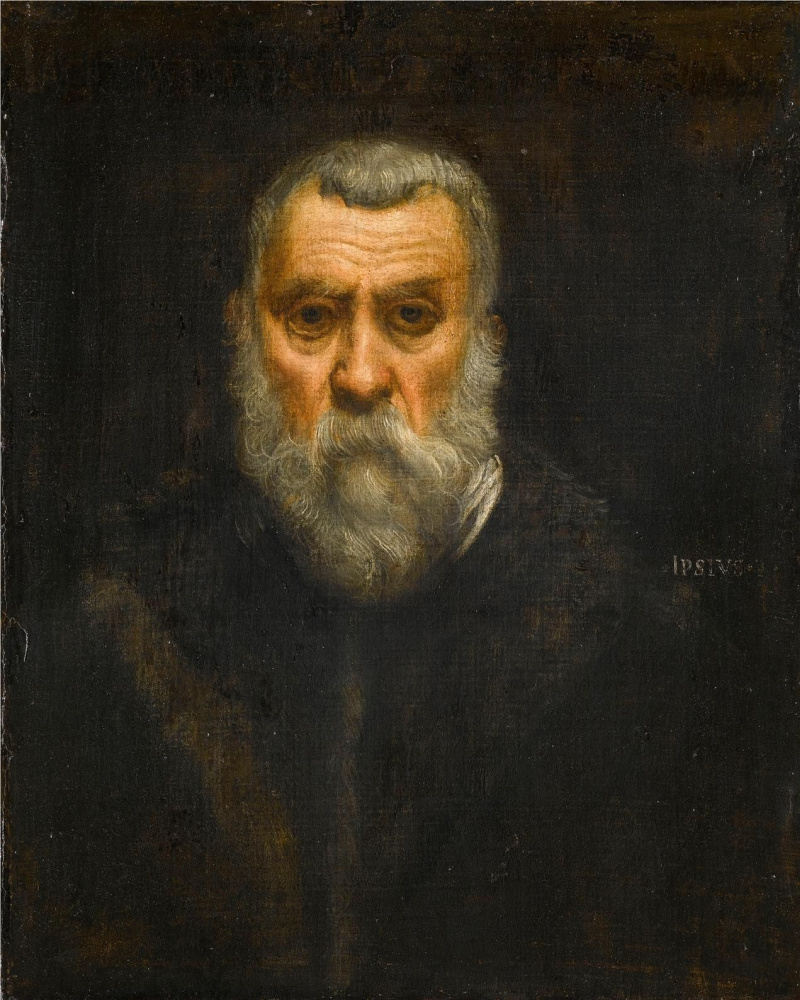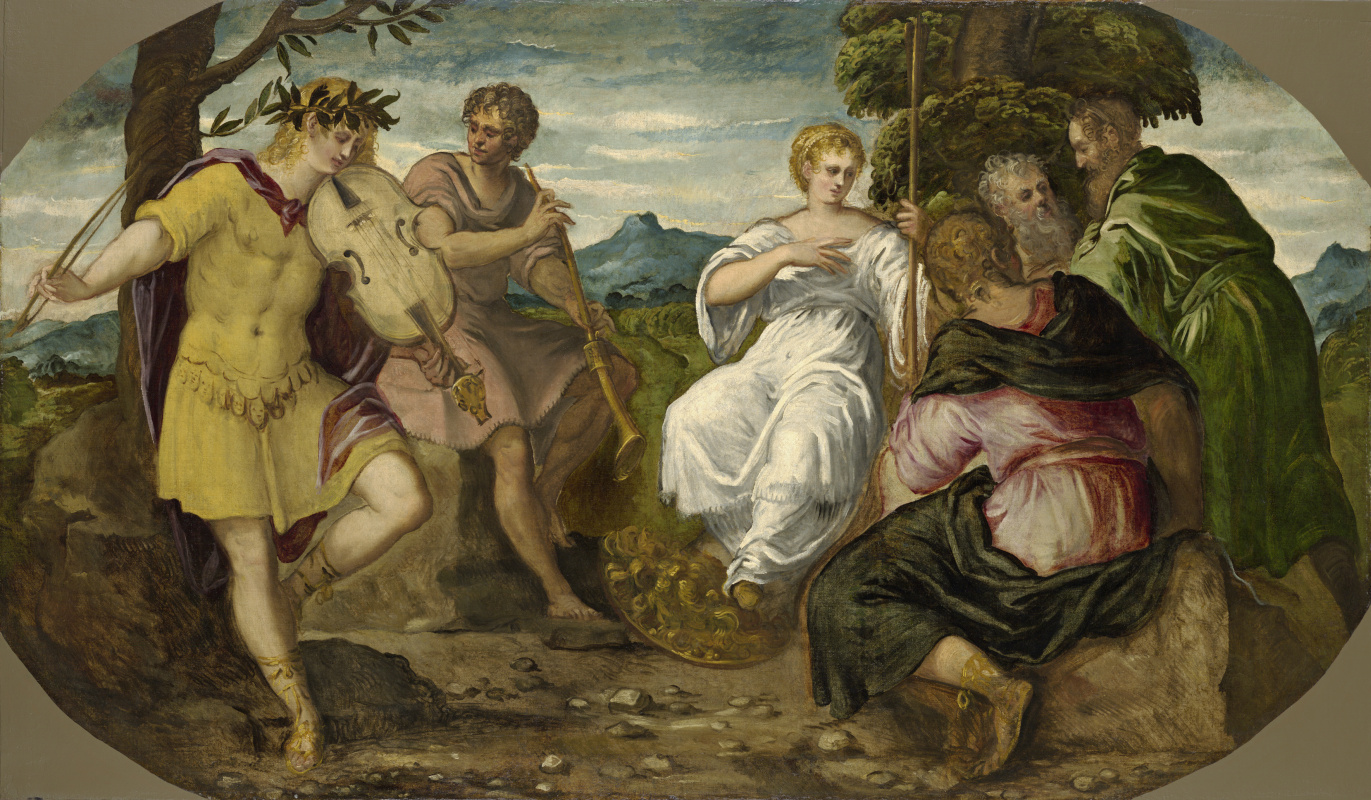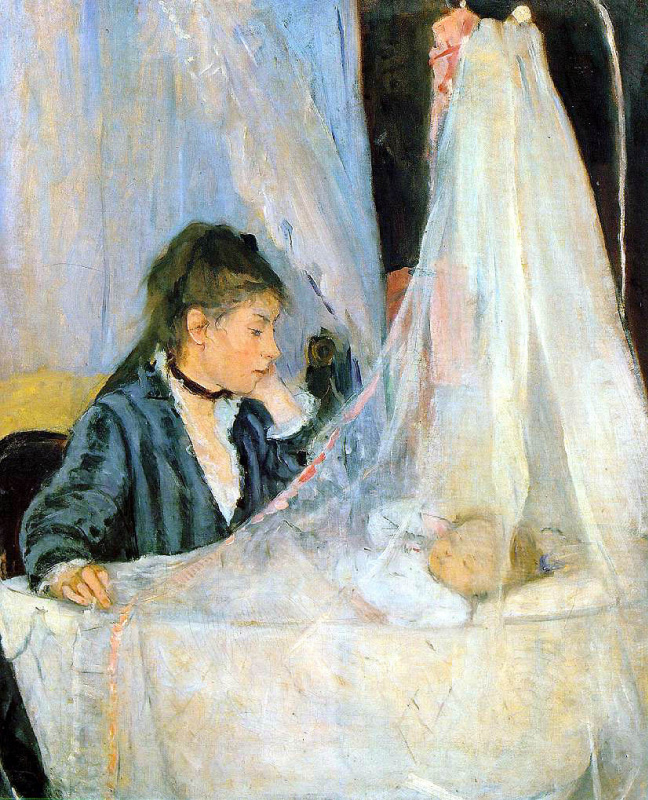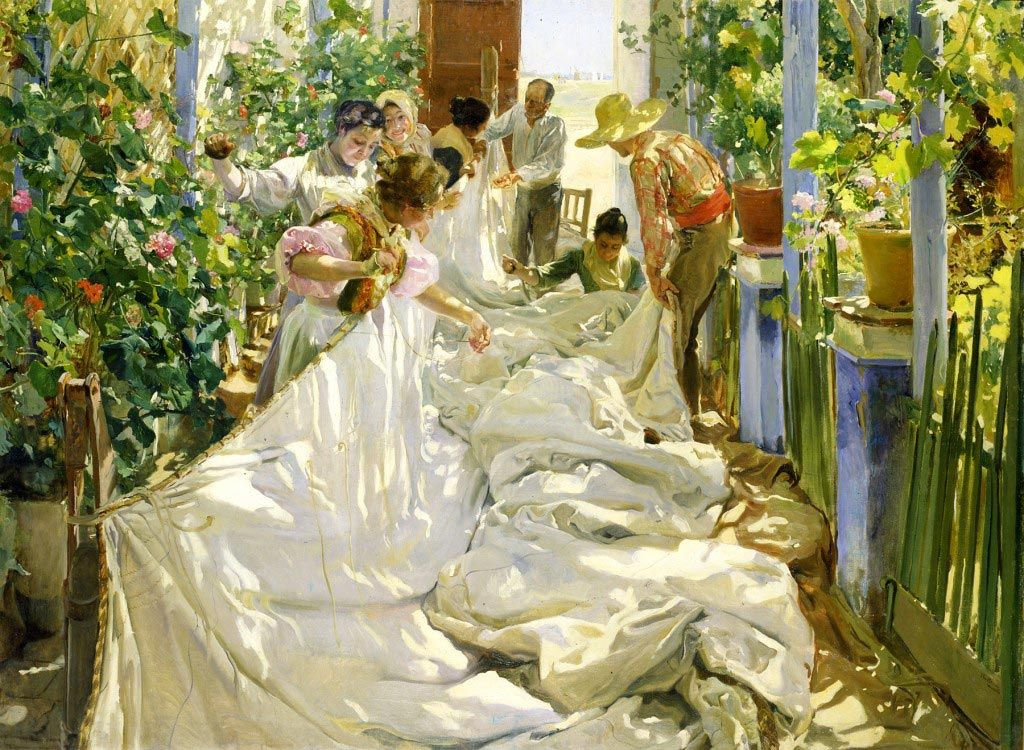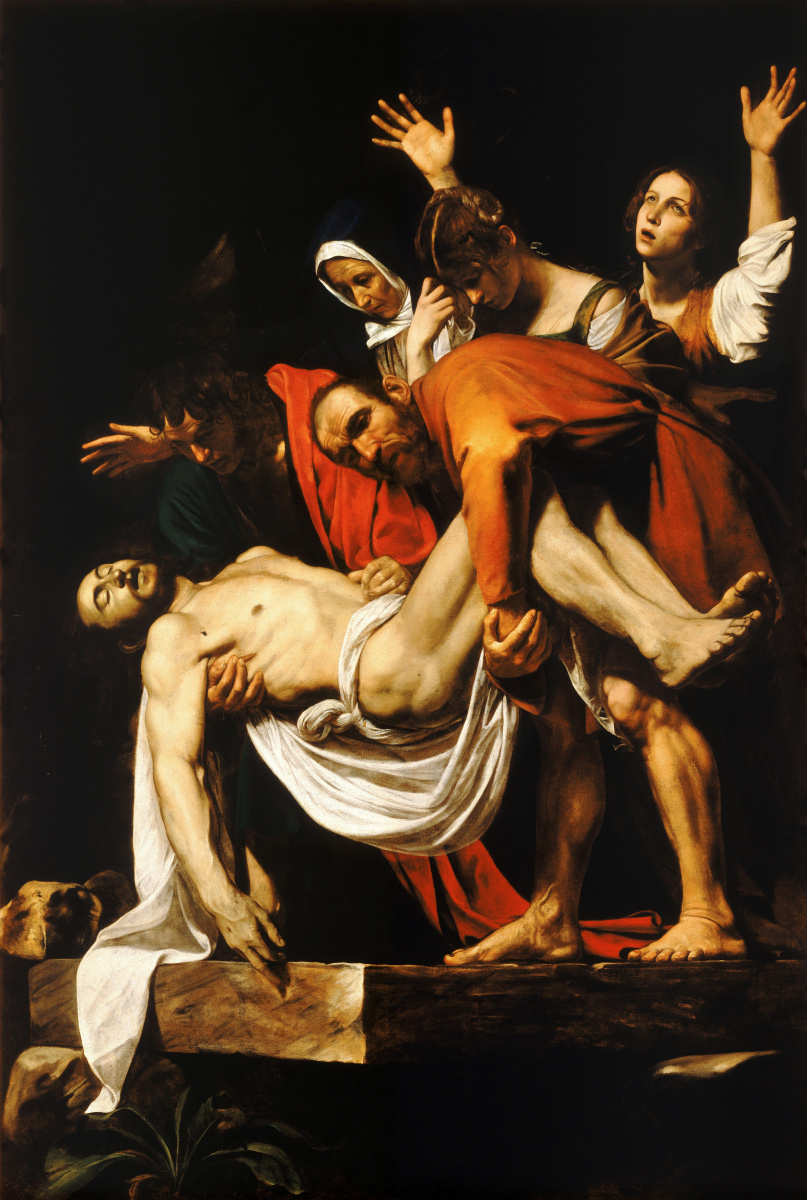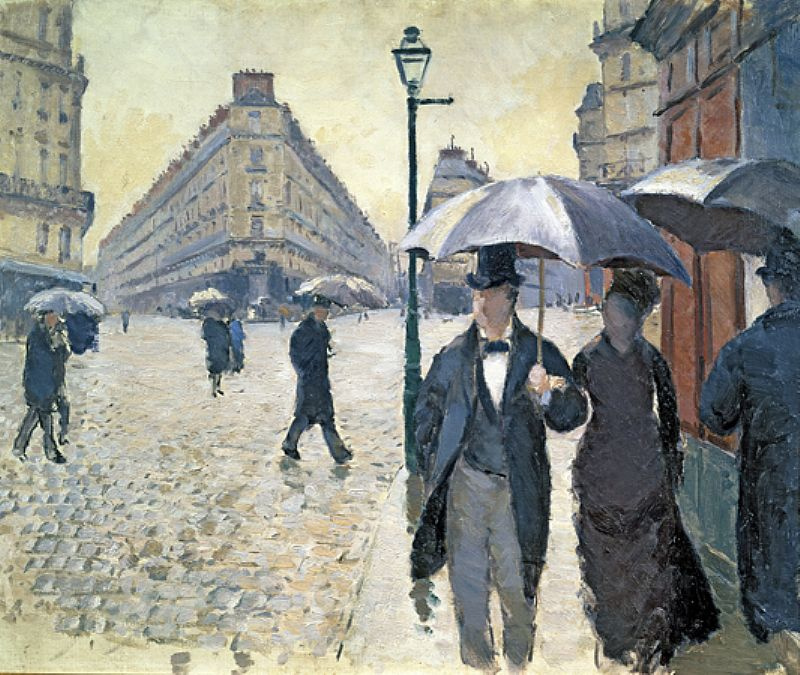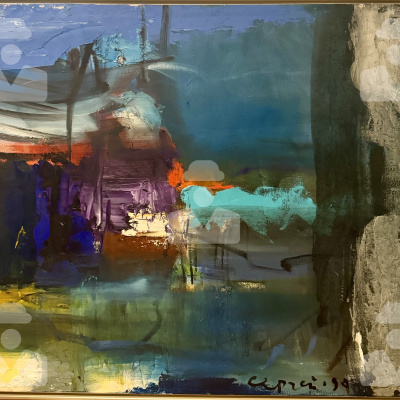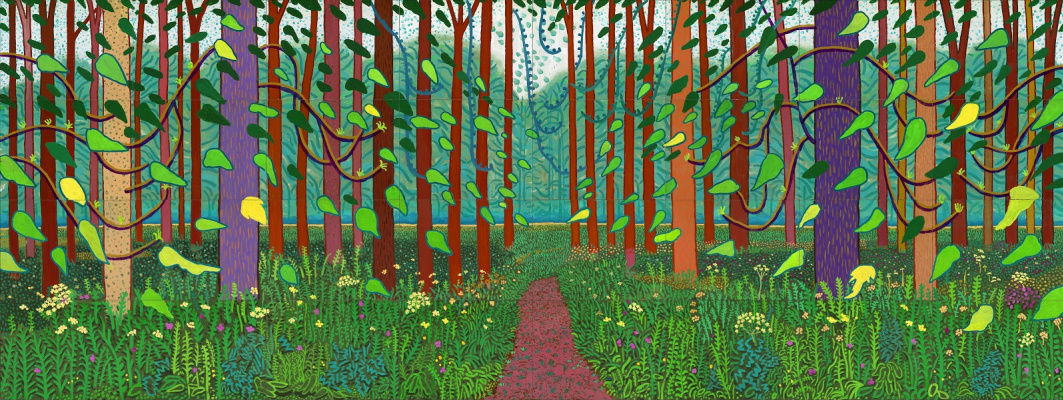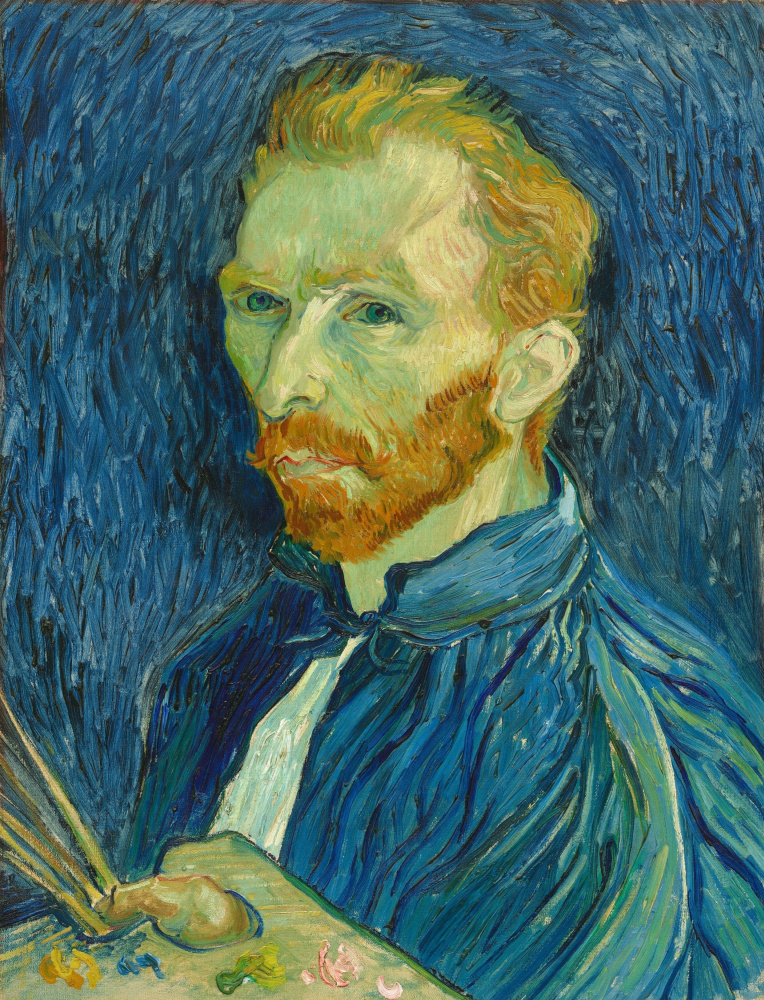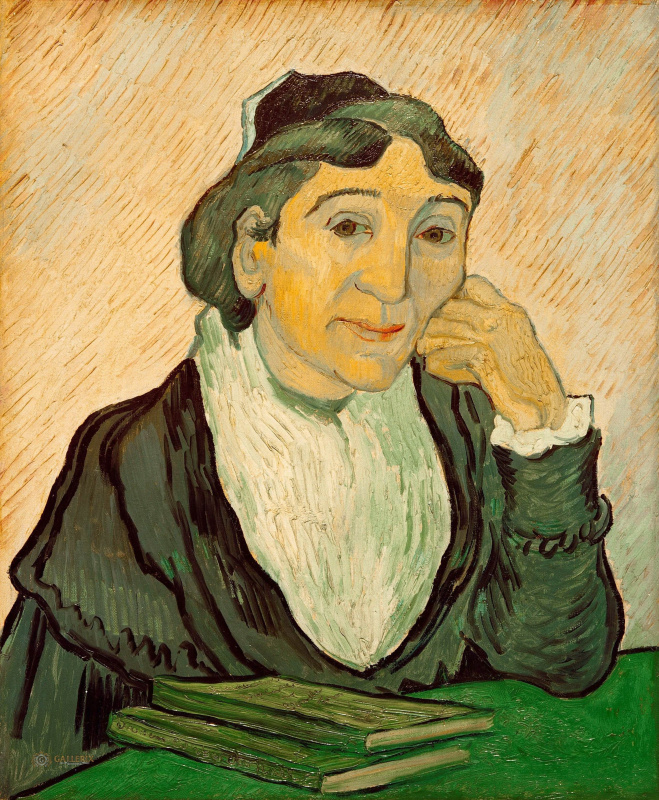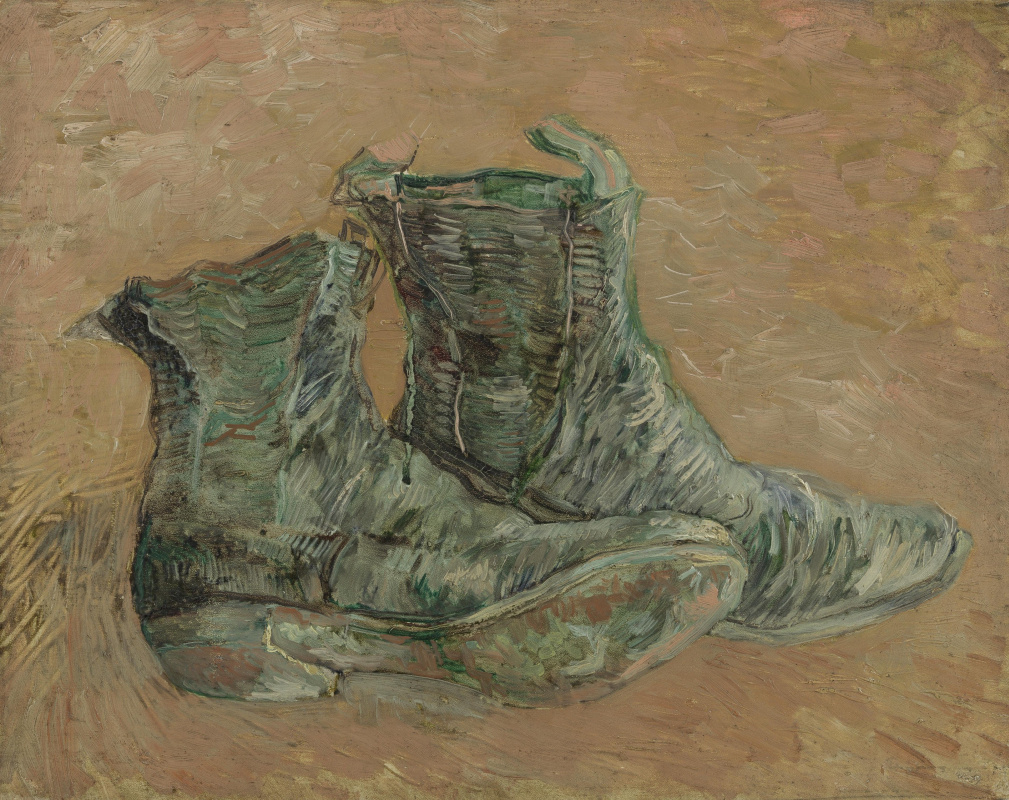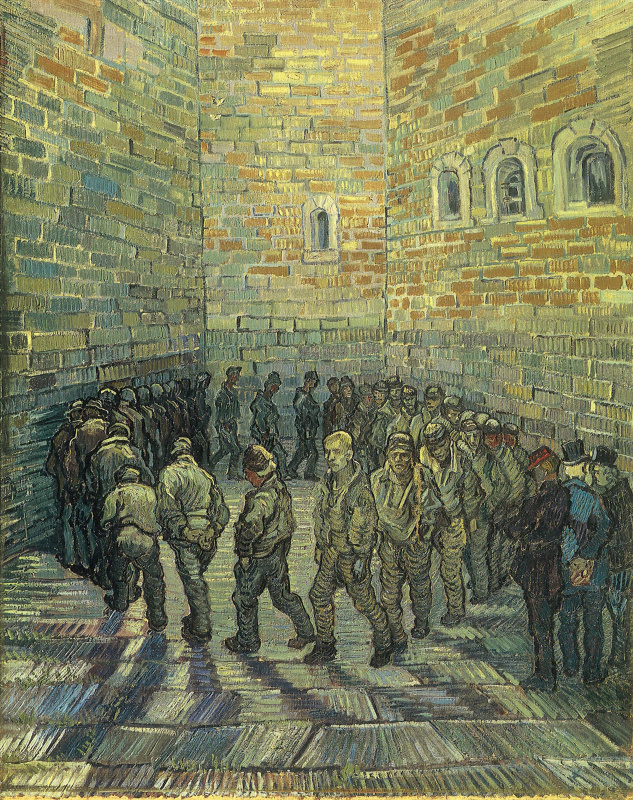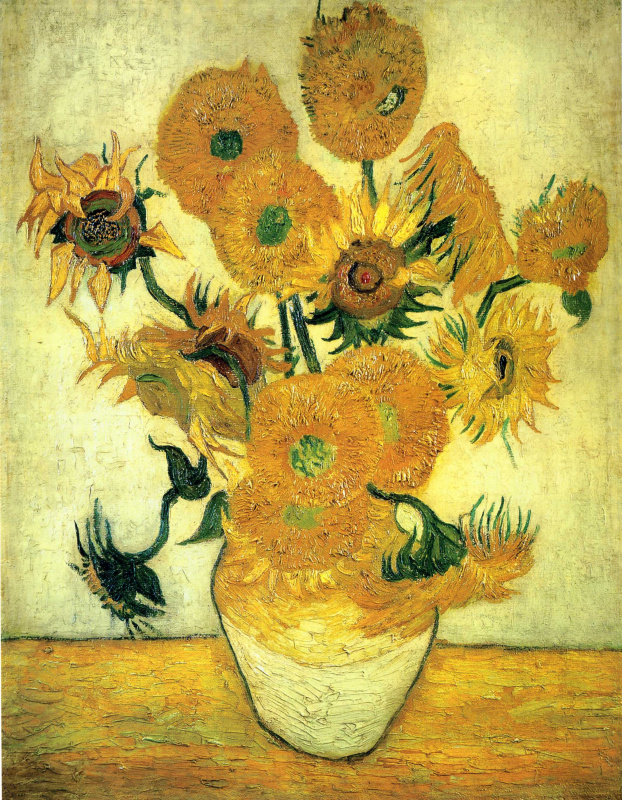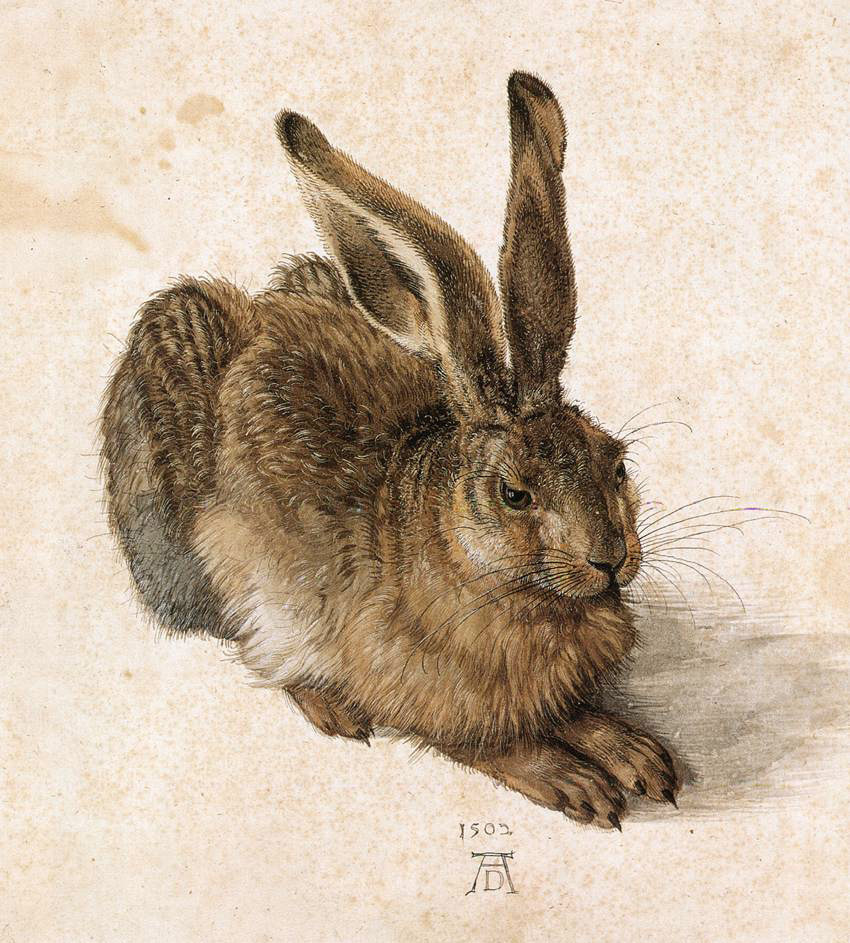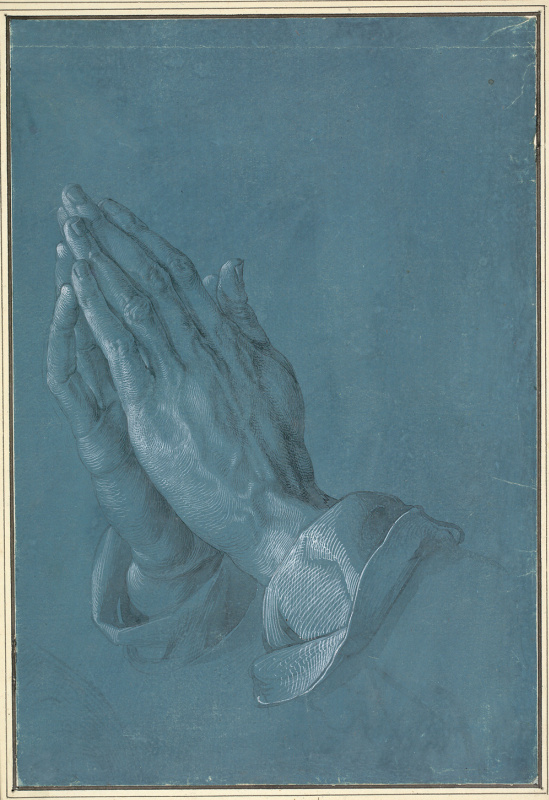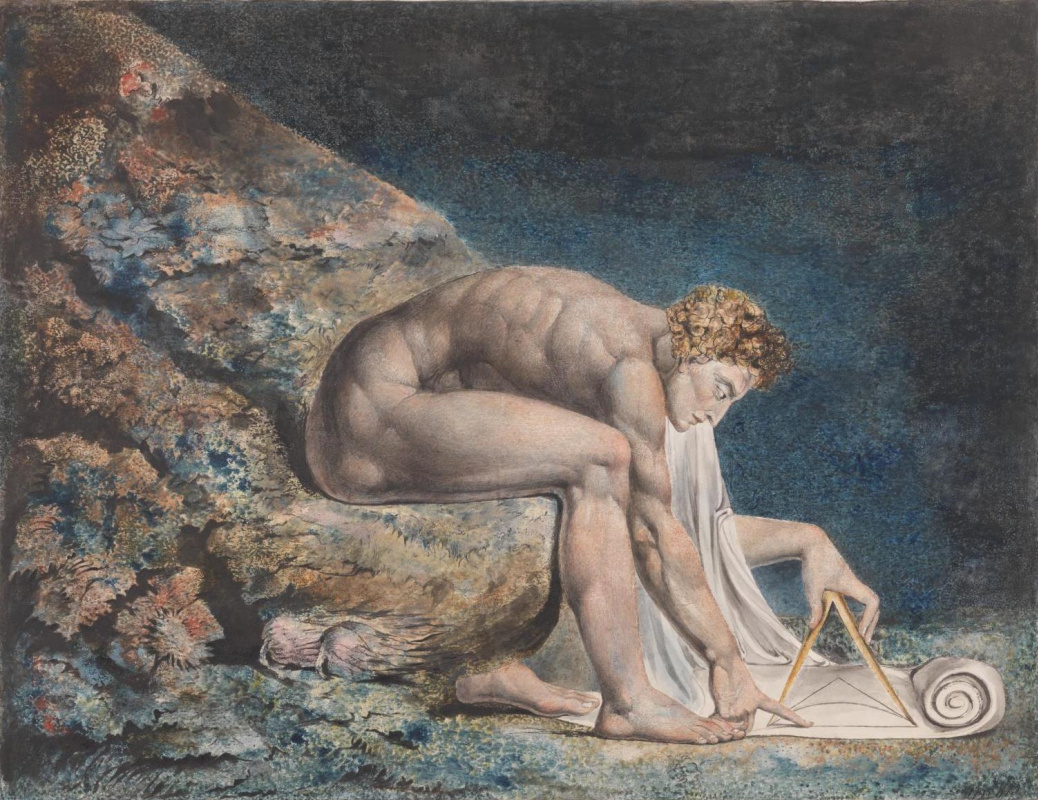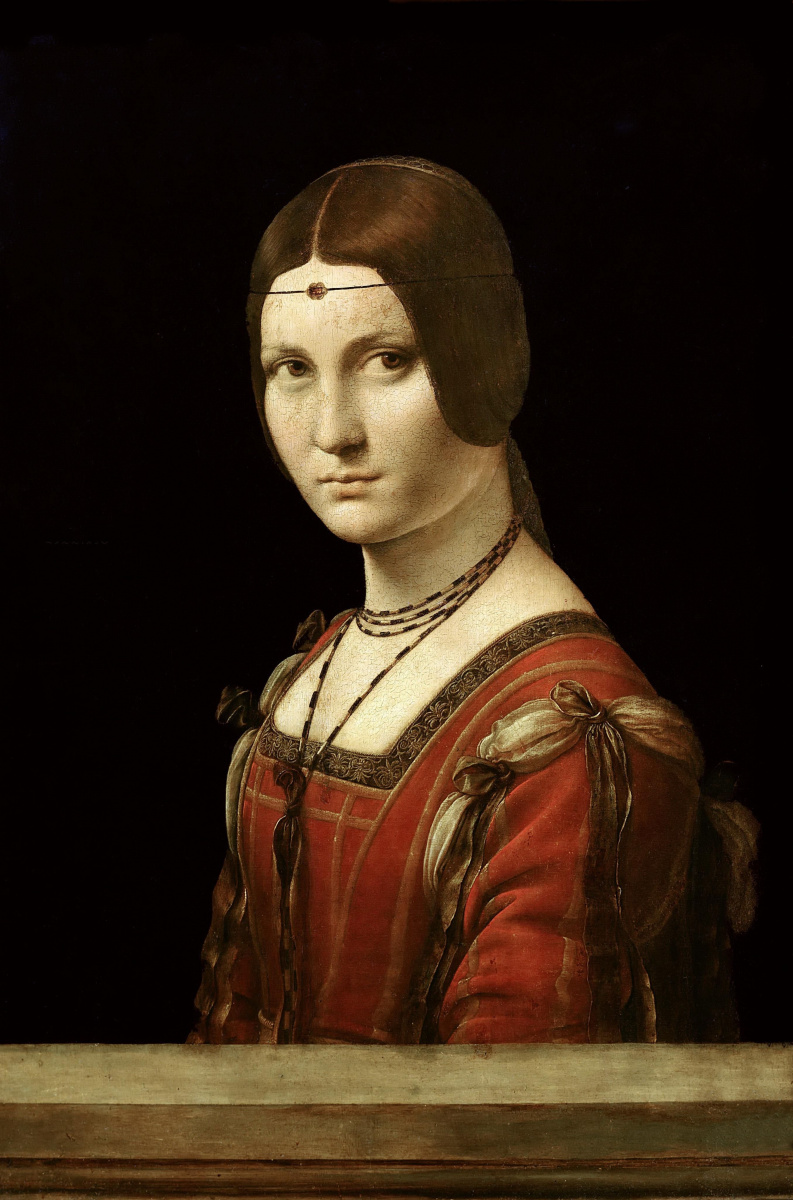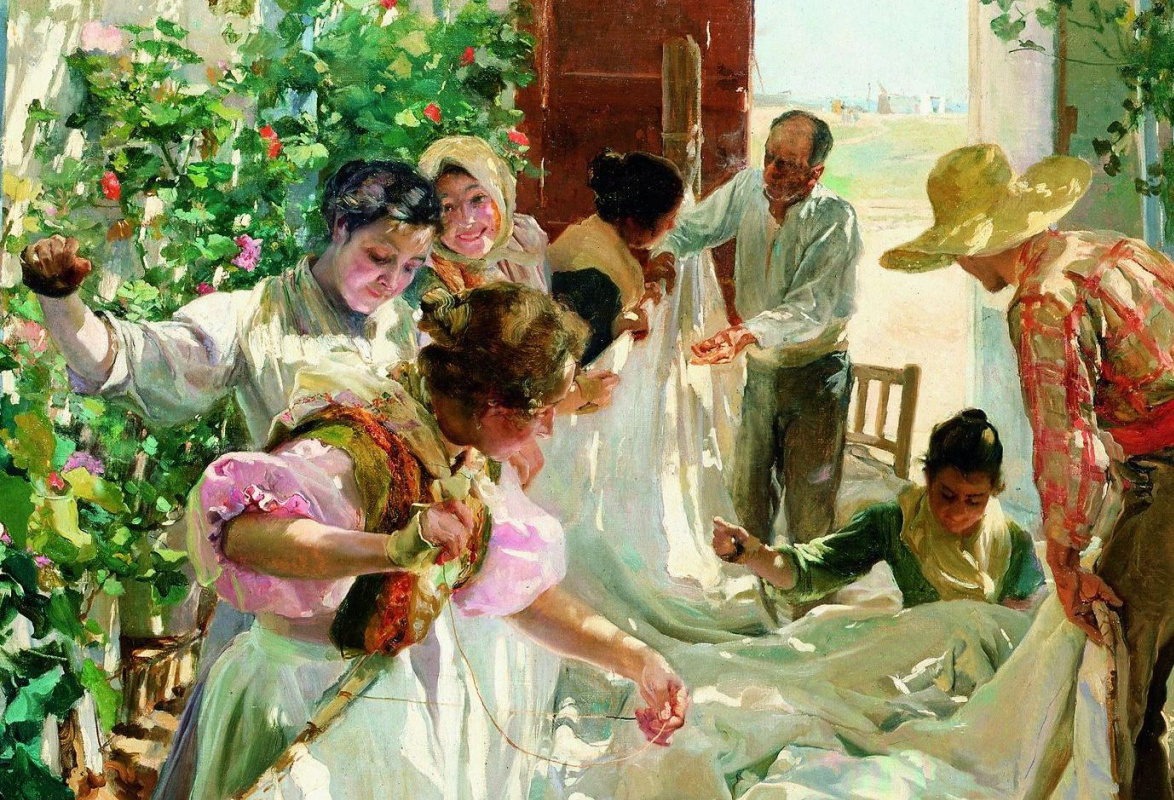
Royal Academy of Arts, London
26 January-31 March

Royal Academy of Arts prepares show with 12 of Viola’s large-scale video installations included as well as 14 works on paper by Michelangelo and the RA’s masterpiece, the unfinished Taddei Tondo: the only sculpture by the artist in a UK collection.
Bill Viola (born 1951) is a contemporary video artist who creates works that combine filmed images and music in what he calls "total environments that envelop the viewer in image and sound.
Left: Bill Viola’s video and sound installation Nantes Triptych (1992) © Courtesy of Bill Viola Studio; Photo: Kira Perov
National Gallery of Art, Washington, DC
10 March-7 July
Organised in conjunction with the Gallerie dell’Accademia, the exhibition is the first major survey of the artist’s work to have taken place in North America and will include almost 50 paintings as well as works on paper. There will be two complementary exhibitions: Drawing in Tintoretto’s Venice, which will include studies by his predecessors such as Titian and followers such as El Greco; and Venetian Prints in the Time of Tintoretto, which explores the importance of etchings and woodcuts as inspiration as well as a means to chronicle Tintoretto’s paintings.
Various venues
The year 2019 also marks the centenary of the founding of the Bauhaus, a revolutionary school of art and design, the influence of which is still being felt today. One of its main principles was the desire for simplicity and functionality. Walter Gropius founded a revolutionary school for artists, architects and industrial designers in the German city of Weimar in 1919. In a period when only the elite could afford the products created by artists, Bauhaus became the ideal of a beautiful and functional design accessible to all.

Paris always recognizes the role of women in the history of art: Musée d’Orsay, from 19 June to 22 September, honors the impressionist artist Berthe Morisot. The exhibition traces the exceptional career of a painter who, at odds with the practices on her time and her circle, became a key figure of the Parisian avant-garde movement in the late 1860s up until her untimely death in 1895.
Along with this — the riot of color and the northern halftones: two great German expressionists Franz Marc and August Macke at the Musée de l’Orangerie from 6 March to 17 June, and the "Danish Vermeer" Vilhelm Hammershøi at the Musée Jacquemart-André From 14 March to 22 July.
Left: Berthe Morisot. Le Berceau [The Cradle], 1872.
National Gallery, London
18 March — 7 July
Old Pinakothek, Munich
April 17 — July 27
The exhibition, developed in collaboration with the Centraal Museum in Utrecht, shows over 70 of the most beautiful and important works of the leading ‘Caravaggisti', including paintings by Bartolomeo Manfredi, Jusepe de Ribera, and Valentin de Boulogne. Particularly valuable that Vatican agreed to lend one of Caravaggio’s masterpieces for the exhibition, "The Burial of Christ" - a monumental altar measuring more than 3×2 meters. This is one of the most important exhibits in the collection of the Vatican Museums, so it is rarely rented.
Van Gogh Museum, Amsterdam
March 1 — May 26
The major exhibition 'Hockney — Van Gogh: The Joy of Nature' will feature an eclectic collection of over 120 works by Hockney, one of the most prolific living Pop artists. The show will explore both artists' fascination with nature, their use of strong colours and their experimentation with perspective, demonstrates the unmistakable influence that Vincent van Gogh had on the work of David Hockney.
The stylised vertical lines of the tree trunks in the latter work by Van Gogh (left) are analogous to the repetitive lines in Hockney’s The Arrival of Spring in Woldgate, East Yorkshire (2011).
Left: Vincent van Gogh. The Garden of Saint Paul’s Hospital (‘Leaf-Fall') (1889)
Tate Britain, London
March 27 — August 11
The show reveals how van Gogh was inspired by Britain and how he inspired British artists, including Francis Bacon, David Bomberg, and the young Camden Town painters.
Van Gogh Museum, Amsterdam
June 21 — September 1
Painted in 1889, Sunflowers is one of Van Gogh’s most famous works. He created a total of five versions. Why did he choose the sunflower, and what did the flower mean to him? What happened to the painting after it left Van Gogh’s studio and are the colours still the same as 130 years ago?
The exhibition Van Gogh and the Sunflowers allows visitors to discover how important the sunflower was to Van Gogh and learn the answers to pressing questions such as how we can best preserve this painting so that it can be enjoyed by generations to come.
Left: Vincent van Gogh. Sunflowers (1889)
Albertina, Vienna
September 20, 2019 — January 6, 2020
Christof Metzger, chief curator of Vienna’s Albertina, puts forward the revolutionary theory in a major master’s exhibition about one of the most famous drawings of all time — "Praying Hands"(1508) by Dürer (left). He argues that the drawing depicts the actual hands of the artist. And this work was not, as has been assumed for centuries, a preparatory drawing for a painted altarpiece, but a finished work made as an advertisement for the master’s talent.
"Praying Hands" is more widely recognised drawing than any other, with the possible exception of Leonardo’s Vitruvian Man (around 1490).
Tate Britain, London
September 11, 2019 — February 2, 2020
The National Portrait Gallery (London) will host an exhibition dedicated to the contribution of twelve women to the Pre-Raphaelite movement. The exhibition called "Pre-Raphaelite Sisters" will be held from 17 October 17 until 26 January 2020. They pay attention not only to the works of artists like Evelyn de Morgan, but also to images of women like Effie Millais (nee Gray), Elizabeth Siddal and Joanna Wells (nee Boyce). Effie Millais ventured to invalidate the marriage with critic John Ruskin and after the divorce she married to the Pre-Raphaelite artist John Everett Millais. This famous Victorian "love triangle" has been dramatised in plays, films and an opera.
Left: Evelyn de Morgan. Aurora Triumphans, c. 1886.
Musée du Louvre, Paris
24 October-24 February 2020
The Royal Collection, which boasts more than 500 drawings by Leonardo thanks largely to an auspicious acquisition by Charles II, will display 200 sketches at Buckingham Palace in May and 80 sheets at Holyroodhouse in November; 144 drawings from the Queen’s collection will be shown in 12 simultaneous shows of 12 drawings throughout the UK.
Title illustration: Detail of "Sewing the Sail" by Joaquín Sorolla.






